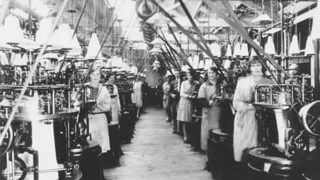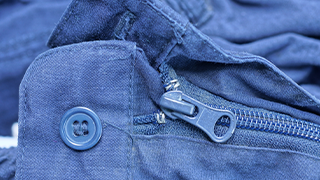Sock Testing
Fit
A sock’s fit depends on proper sizing, which in turn is based on proper stretch and recovery. This is arguably the sock’s most important performance characteristic. Poor stretch results in poor fit and performance shortcomings. Fit is determined with the appropriate NAHM foot form.
Stretch
A “statistically sound” stretch machine should be used to document standard stretch dimensions. Socks are stretch-tested with an apparatus that can measure and record lengthwise and crosswise stretch at a specified load.
Abrasion Resistance
Socks often undergo abrasion testing. Historically, abrasion testing has not been very reliable, with limited repeatability. Better results are obtained with Martindale and Stoll abrasion testers.
Pilling
The Random Pill Tester is designed to determine whether a fabric sample has a propensity to form pills on the surface. Pills are small balls of entangled fibers attached to the surface of a fabric by an anchor fiber. Because many socks are made with large, low-twist yarns for softness, and because many socks use blends of fibers, they are likely candidates for pill formation. The high strengths of synthetic and wool fibers make them more likely to pill, and these fibers serve as anchors for pill formation.
Strength
Although strength is not typically a problem in socks, the bursting strength test is always specified for sock products.
Crocking
The test for crocking determines whether a fabric will transfer color to a standard white test sample. The test is run with both dry and wet fabric.
Lightfastness
Colorfastness to light is important for socks. Lightfastness tests determine how much the color will fade when the sample is exposed to a standard light source, which is usually a carbon arc or xenon lamp.
Colorfastness
Colorfastness to laundering is tested by an accelerated method that approximates three to five home launderings with detergent. It determines the degree of color change or staining during home laundering.


